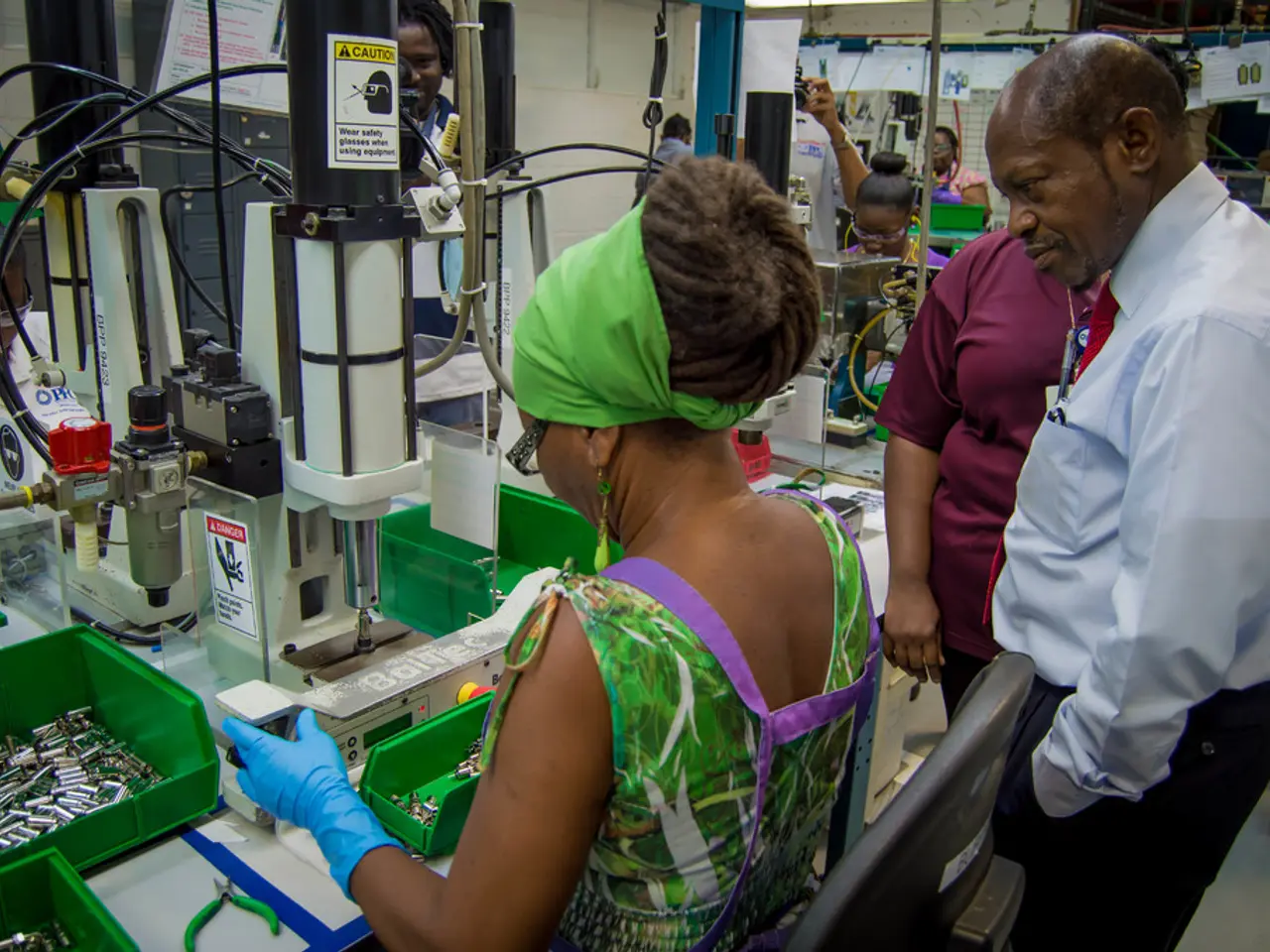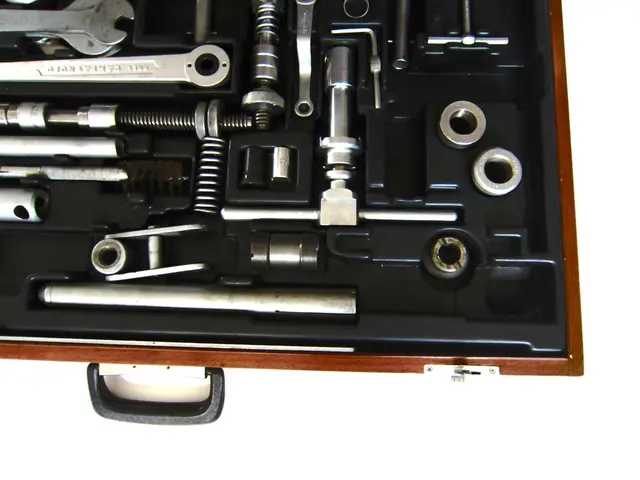Ensuring both Safety and Efficiency through Machine Safeguards!
In the fast-paced world of industry, ensuring both workplace safety and operational efficiency is paramount. One essential tool in achieving this balance are machine guards. However, misconceptions about these protective barriers persist, such as the belief that they slow down work or that only complex machines need guards.
Fortunately, modern machine guard solutions have evolved to be practical and user-friendly, addressing concerns about slowing down workflow. They come equipped with sensors that detect movement and shut machines down automatically if someone gets too close, enhancing safety without compromising productivity.
Newer machine guard solutions also include features like safety switches and emergency stops built directly into guard systems, giving workers more control and peace of mind. Ergonomics plays a big role in these designs, making guards lighter, easier to adjust, and designed to fit naturally into workflows.
To maximise the benefits of machine guards, it's crucial to follow best practices. First, conduct thorough hazard and risk assessments to identify all dangerous machine parts that require guarding. This includes general hazard assessments plus task-specific evaluations like Task Hazard Assessments (THAs) and Job Safety Analyses (JSAs) to ensure all job steps have appropriate guards and controls before work begins.
Next, select the appropriate type of guarding based on the machine and hazard type. Common guarding methods include physical guards that prevent access and safeguarding devices such as presence-sensing devices or two-hand controls that prevent accidental operation or access while the machine runs.
Ensure guards are properly designed and installed at predetermined safe distances to effectively block hazards without creating new risks. Comply with OSHA and relevant regulatory standards to ensure legal compliance and adherence to best safety practices.
Maintain and regularly inspect guards and safety devices to prevent failures and degradation of safety measures over time. Train employees thoroughly on machine hazards, the purpose and operation of guards and safeguarding devices, and how to perform safety checks.
Balancing safety with operational efficiency involves selecting guarding solutions that do not hinder productivity or access for maintenance while fully protecting workers. Smart technology will continue to shape safety in the future, with guards that monitor their own wear and send alerts before they fail, or systems that adjust automatically to different production runs.
Involving workers in the safety process can provide valuable feedback on where access points are needed and which designs will cause unnecessary slowdowns. Treating safety as part of efficiency, not separate from it, can help create a workplace that's both secure and productive.
Machine guards serve as an investment that supports both safety and productivity when chosen carefully and maintained properly. They protect workers from potential injuries such as clothing catching, finger pinching, or life-threatening accidents, and also protect equipment from costly damage and unexpected downtime.
Skipping or improperly installing machine guards can lead to injuries, medical costs, compensation claims, lawsuits, fines, inspections, and production delays. By following best practices and embracing modern machine guard solutions, businesses can foster a positive safety culture, maintain regulatory compliance, reduce injury risks, and contribute to operational efficiency in industrial environments.
Read also:
- Varieties of Grains: A Look at the Differences Between Corn and Maize
- Kia streamlines Picanto offerings, boosts Xceed's power output, and eliminates Ceed model from lineup
- Two people perished and multiple others were hurt in an explosion at a US Steel facility located in Pennsylvania.
- Collaboration with Suppliers Yields Double Wins!








